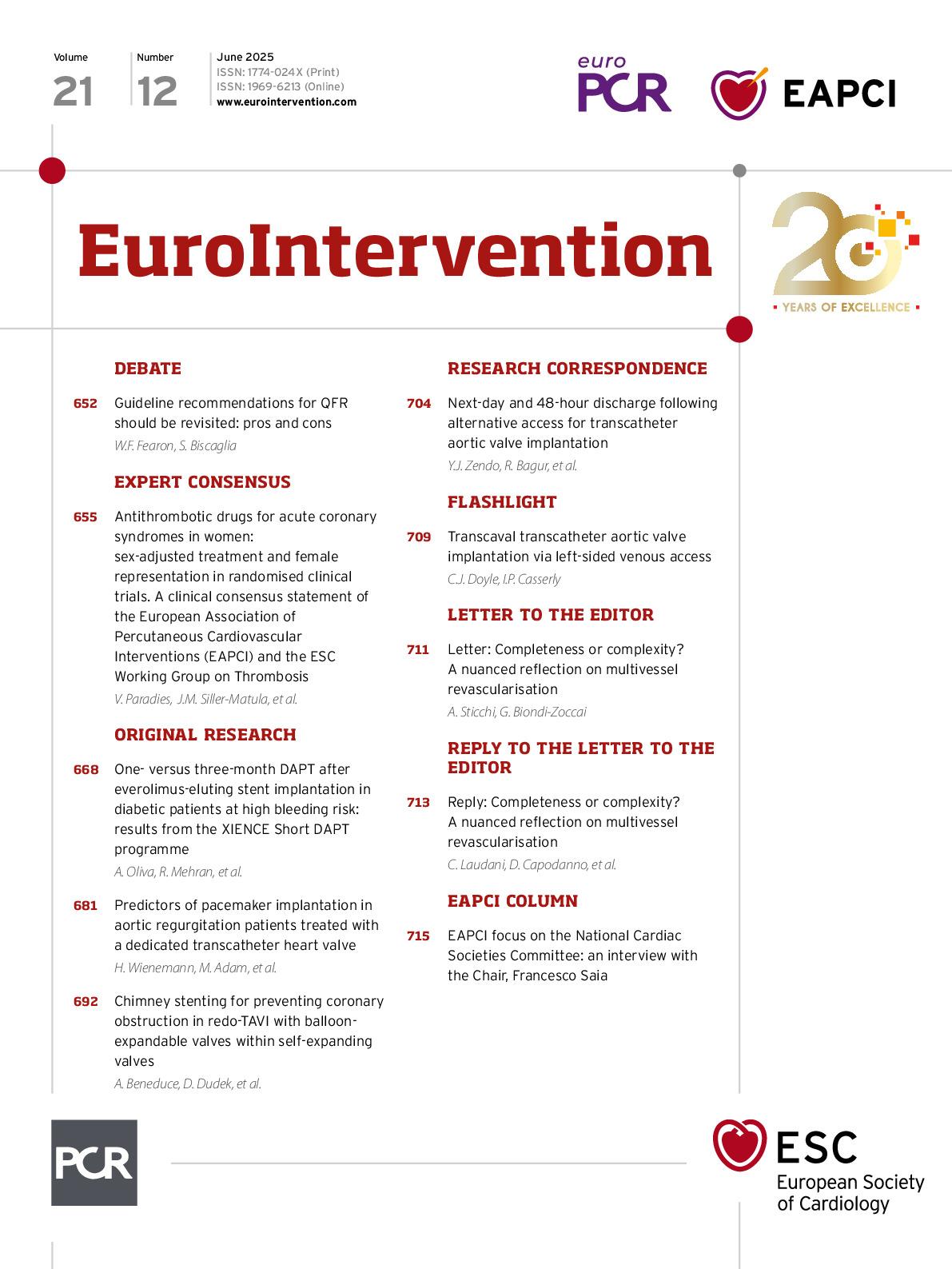What is the role of the Committee?
Along with my Co-Chair, Michal Hawranek, the National Cardiac Societies Committee plays a key role within EAPCI, acting as a constant link, or the glue, so to speak, between EAPCI and national scientific societies. This connection is pivotal, as, in order for any initiative promoted by the Board or EAPCI Committees to be successful and translate into everyday clinical practice, there needs to be acceptance and uptake at a local level. The role that the National Cardiac Societies and Working Groups play in disseminating these initiatives is key to our success within EAPCI.
How does the Committee benefit the community?
The potential benefits are mutual and varied. We provide an opportunity for National Cardiac Societies and Working Groups to raise issues affecting them on a daily basis. We can then advocate for these issues within EAPCI. Particularly relevant for the community, we have recently been promoting the dedicated reduced membership fees for middle- and low-income countries. In addition, the information provided by the National Cardiac Societies and Working Groups on training, educational and scientific needs allows the EAPCI to plan, promote and provide education tailored to the needs of the community. From the EAPCI perspective, the National Cardiac Societies Committee is a catalyst for all initiatives, providing concrete support and promoting EAPCI initiatives to the community via leaders within each country. Finally, the close collaboration with national leaders is critical to promote EAPCI membership.
How does the Committee work with the other EAPCI Committees?
Working with all EAPCI Committees is a key strategic goal for our term. We are required to heavily interact with all other EAPCI Committees, because I cannot think of a single action of the EAPCI and its Committees that does not involve the National Cardiac Societies and Working Groups. The most intuitive is the relationship with the EAPCI Accreditation, Training and Certification Committee, to ensure that the EAPCI framework fits and can be adapted to provide a country-based tailored approach. Furthermore, membership, communication, education, congresses, research, scientific documents and other initiatives all benefit from a close collaboration with the National Cardiac Societies and Working Groups.
What are the key projects for your term?
We would like to be a lever to increase EAPCI visibility at a national level, promote EAPCI membership and reduce geographical disparities, generating networking between members of our community. In collaboration with other committees, we help organise joint sessions at the National Cardiac Societies’ and Working Groups’ annual meetings and propose sessions based on EAPCI content (scientific documents, core curriculum, etc.). We promote mutual recognition of training certification between EAPCI and member countries. Most importantly, we strive to ensure that the voices of all members are heard within EAPCI, communicating their needs and bringing forward any requests or proposals.
How can EAPCI members become involved in the work of the Committee?
The best way for everyone to collaborate is through their National Cardiac Society president, national Working Group leader or their representatives who are members of the Committee. We encourage everyone to work in close collaboration with their representative to highlight specific needs or requests from their country and then ask them to bring these forward to our Committee. Once again, we would like to be the voice of the interventionalist community within the EAPCI Board, and the National Cardiac Societies and Working Groups are the best tool to reach and represent everyone.

